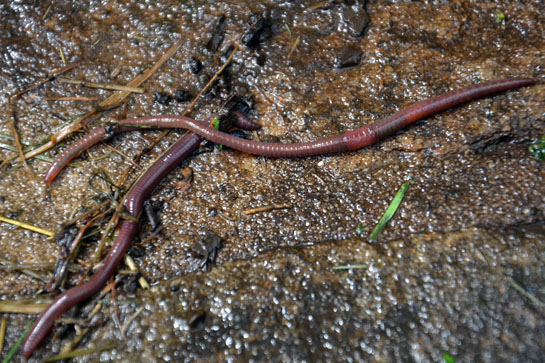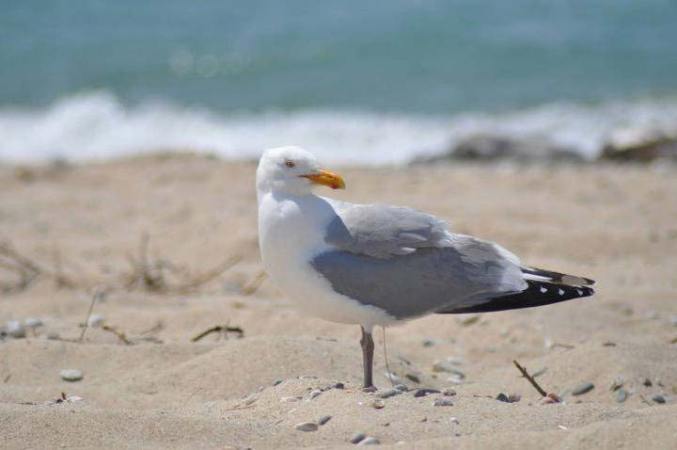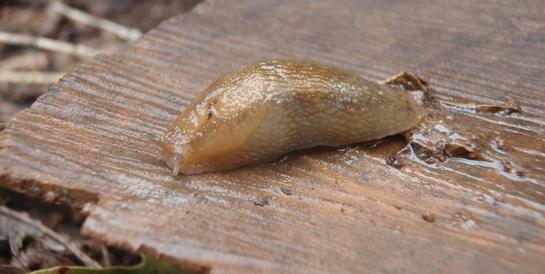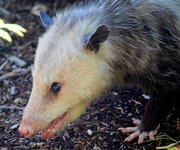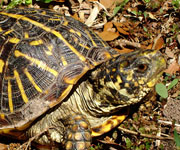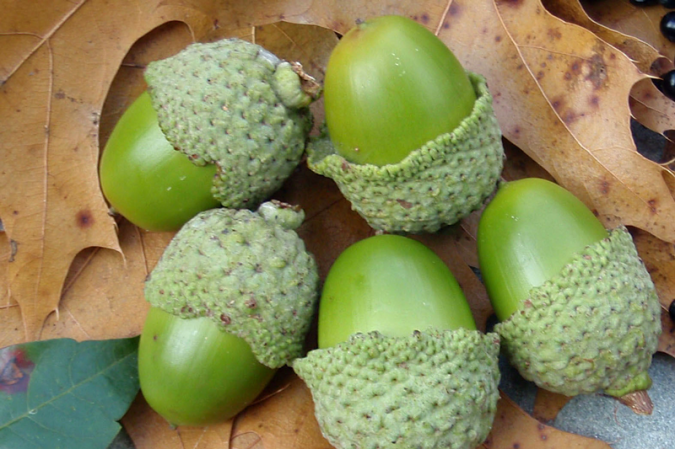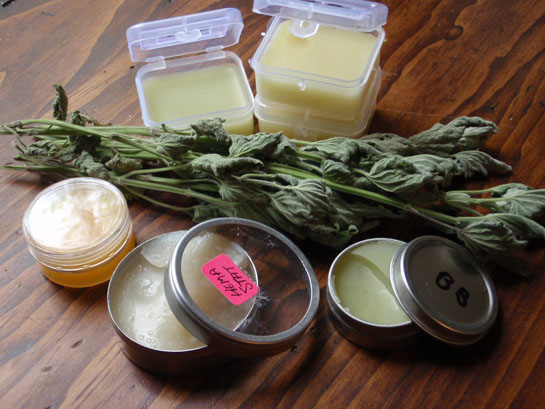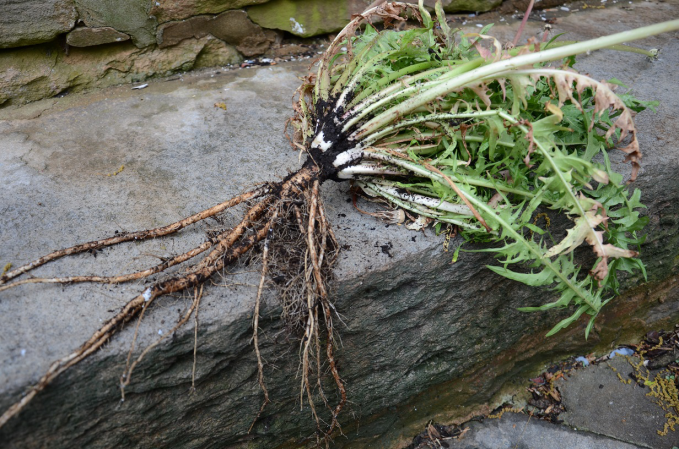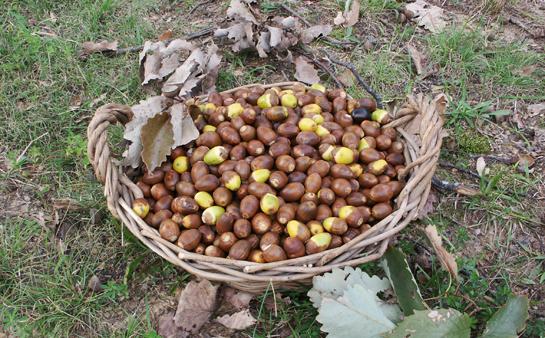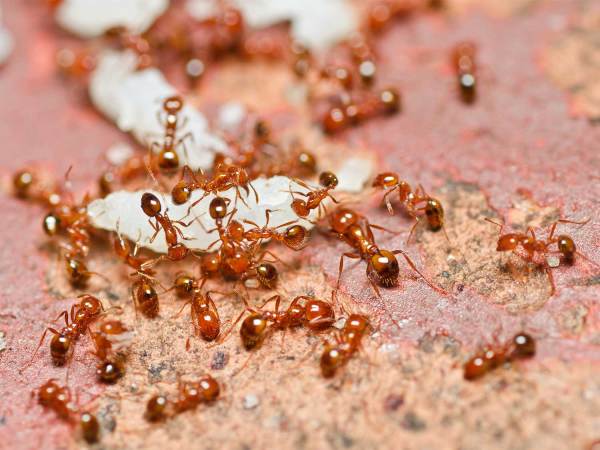Maybe it’s just so deeply ingrained in pop culture survival that it’s become inevitable, but there’s always somebody in my survival classes who expects to eat bugs. Even in a class clearly defined as being about edible plants, someone eventually asks when we’ll be dining on insects. While it’s unsettling and unsavory to most Westerners, the consumption of insects by humans dates back to antiquity and still persists today, and with good reason. Many insects present a safe, digestible source of fat and protein that is too generous to ignore in some stark regions or in famine conditions. So if you find yourself in a survival situation, maybe you can find some bugs on which to subsist. They’re not as bad as you might think. Here are my favorites.
1. Termites
Ripping open a rotten log may seem like a lot of work, but the payoff could be worth the trouble. Of the critters on this list, termites have the most calories. Pale in color and resembling ants, these insects provide about 6 calories per gram. You’ll have to work to get it, though. These little guys go scurrying for cover anytime you damage the wood they reside in. Roast them in a dry pan; some termite species take on a shrimp flavor. Living in their closed, woody environment, these insects don’t have as many opportunities to pick up parasites as their open-air relatives. For this reason, if I had to eat bugs raw, it would be termites.
2. Crickets
Crickets, katydids, and grasshoppers are a very diverse group of bugs that are generally safe to eat, as long as you avoid the more colorful members of these families; red, orange, yellow, and blue are usually warning colors. With the more drab specimens, the heads and small legs should be removed, and the bugs should always be cooked thoroughly, as bugs with crunchy shells (exoskeletons) are more prone to harbor parasites. Hunt for them in the early morning when they are less active due to the colder temperatures. This group yields approximately 4 to 5 calories per gram. Their flavor ranges from bland to fatty.
3. Worms
There are hundreds of different species of earthworm throughout the world. All are considered safe for human consumption, but they should be purged of the dirt that fills them before you dine. An easy way to clean them out is to place them in a container of damp grass. After a few hours, the critters will be void of the dirt and sand they normally hold. Like all animal foods, worms should be cooked before you eat them. I recommend frying. The good news is that fried worms taste a little like jerky. The bad news: Average sized worms contain only about 1 calorie per gram (not counting any fat used for frying).
What safe, edible, and abundant bugs do you have in your local environment? Let us know by leaving a comment.
